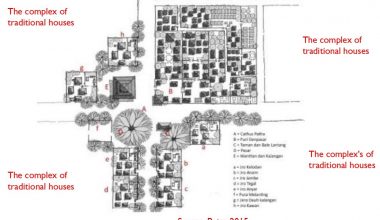PUBLIC TALK by Ian Woodcock
At RMIT bldg 50, Orr St (off Victoria St), Carlton
Thursday 8 April 2010, 7 PM
Entry by gold coin donation
Refreshments provided
After almost a decade, Melbourne has little to show for Melbourne 2030, the much-lauded aspirational policy that sought to make the metropolis more sustainable by intensification of land-use in activity centres and transit corridors, linked by improved public transport. While there are many aspects to the lack of implementation of what is basically a sound policy, two key issues will be foregrounded in this presentation.
Firstly, the role of the planning system in development politics needs to be better understood. Is the system merely a neutral framework regulating the market, or does it produce some of the very phenomena that seem to be the cause of its difficulties? Following on from this is a second key issue: How to effectively engage stakeholders in informed decisions about what possible and desirable outcomes of intensification policy might look and feel like as places to live, work and play.
Most planning policy lacks essential visual imagery that could be used to inform much-needed debates about possible and desirable urban intensification scenarios. Nor has strategic policy been driven by an assessment of the latent intensification capacity of the existing urbanised area. While many other policy issues bear on the sustainability of Melbourne’s future, the link between these two key components related to future built-form needs to be better understood and managed.
We will join Ian Woodcock, Melbourne School of Design Research Fellow, as he shares his insight in addressing those issues. Ian is an architect, urban designer, researcher and teacher. He originally trained and practiced in the UK before migrating to Australia, with much of his work in practice has included collaborations with multidisciplinary design teams on community cultural development projects. He is currently leading the ARC Linkage Project “The character of urban intensification: protecting and creating place identity in activity centres” with chief investigator-Kim Dovey.







